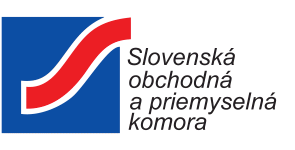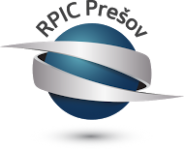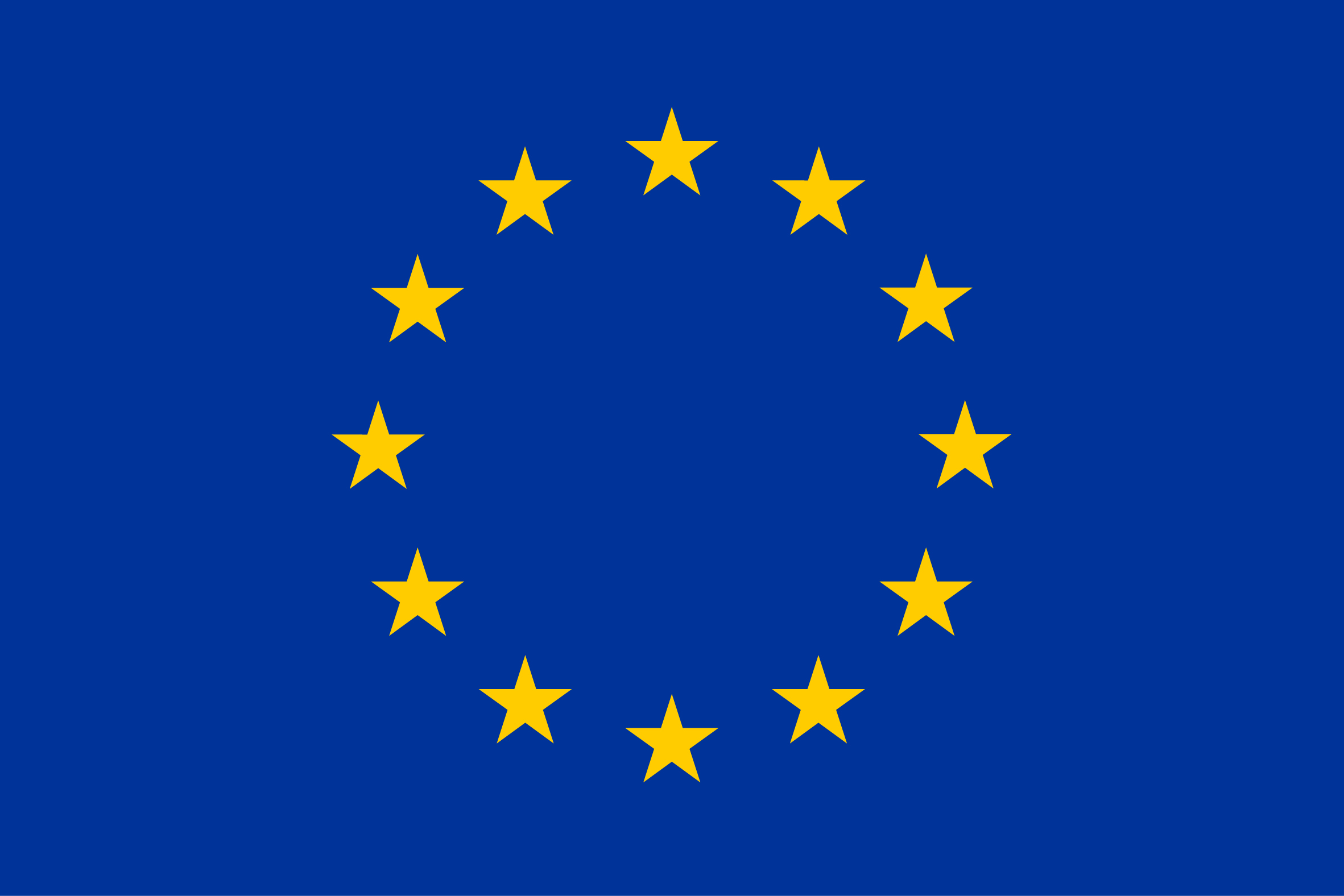Summary:
An Italian company offers a technology that allows to simulate a real diving session into an underwater archaeological site from the point of view of a scuba diver. It combines the advantages offered by the recent advances in VR technology with the newest 3D reconstruction techniques. It represents a novelty because of its capability to combine the educational purpose with playful activities.
They offer license, research cooperation and commercial with technical assistance agreements.
Description:
This company, established in 2008, is a spin-off company of an Italian university. It has considerable experience in the field of computer graphics, virtual and augmented reality applied to the cultural heritage and industrial engineering fields. In recent years it has focused part of its research and business activities in the blue economy sector, by providing innovative solutions for the marine and environmental protection, as well as for the sustainable tourism promotion of the underwater cultural and naturalistic heritage. Since 2012, the company has focused on underwater technologies, developing innovative systems for underwater 3D reconstruction and technologies to help the divers during the exploration of underwater archaeological sites. These systems can be used both by tourists and by professionals, such as archaeologists and marine biologists. Moreover, the company has considerable experience in developing virtual underwater visits to simulate a diving session on the underwater archaeological sites using the most innovative technologies, like virtual reality. In addition to the virtual underwater visits, the company has great expertise in designing and developing serious games and digital storytelling to providing the wide public with innovative ways to access the cultural heritage and underwater cultural heritage (UCH). Over the years, the company has been involved in several EU-funded successful projects.
The company offers a virtual reality (VR) application that allows tourists to enjoy the treasures of the sea (submerged settlements, shipwrecks, and natural assets), which, unlike the land sites, they are not accessible to the general public due to their environment and depth. It allows users to simulate a real diving session into an underwater archaeological/cultural or natural site from the point of view of a scuba diver. The technology represents a novelty in the field of the VR technologies applied to the promotion of underwater sites because of its capability to combine the educational purpose with playful activities that are able to emotionally involve any kind of user. Moreover, using it during briefing and debriefing operations is a very effective and innovative reinterpretation of the dive planning stage that precedes and follows each scuba dive session. In fact, dive planning gives important instructions for technical and safety purposes, but it is often a taught activity that could appear boring and demanding, especially for recreational divers.
It is a unique proposition that combines the advantages offered by the recent advances in VR technology with the newest 3D reconstruction techniques to create virtual tours for the exploitation of the underwater cultural heritage. It is fully in compliance with head mounted display (HMD) technology to provide the users with a totally immersive experience of the underwater site. Different types of embodiments can be chosen for the VR systems in accordance with specific needs. The VR application has been designed to be run in fixed museum installations in high-end systems or to be installed in portable devices (low-end systems) to be used by diving centres, tour operators during events, fair trades, exhibitions, etc.
The Italian company offers the technology under commercial agreements with technical assistance. The Italian company will provide the technology and tailored services to fit the needs of the technology partner.
The company is also willing to cooperate under research cooperation agreement in order to apply the technology to the development of the virtual underwater visit in other fields. Research activities can also be addressed to extend the functionalities or to create new scenarios, as new submerged sites, both cultural and naturalistic. Cooperation to submit proposals under new European projects with the same aims can also be evaluated.
The company is also offering the technology to licensees under license agreements.
Type (e.g. company, R&D institution…), field of industry and Role of Partner Sought:
The company looks for commercial agreements with museums, tourist offices, marine protected areas, underwater parks, diving centers, and other entities involved in the promotion of the underwater cultural heritage. The Italian company will provide the technology and support to tailor it to the needs of the technology partner.
The company also welcomes cooperation with universities and research centers for joint research projects, or with companies working in complementary fields, under research cooperation agreement. The collaboration with universities and research centers can be applied both to the development of the Virtual underwater Visit in other fields (for example the training of diving operators, the simulation of operations in the industrial field) and to the extension of functionalities or to create new scenarios, as new submerged sites, both cultural and naturalistic. In this case the company can offer, in addition to the software license, also the content creation service, from 3D acquisition to the editing of texts, audio, video, etc.). The company is also available to participate in new European projects with the same aims.
As regards the licensing agreement, the company is available to start cooperations with both private individuals and public bodies. The company could ask in exchange for a fee for the use of the technology and also offer other services, such as 3D reconstruction and content editing. The license can also be sold free of charge with an agreement on the fee for the production of the content.
Stage of Development:
Available for demonstration
Comments Regarding Stage of Development:
The technology has been developed in the framework of an H2020 project, where it was tested both internally to the consortium and with final users, during fairs and events. The application includes three UCH sites: the underwater archaeological park of Baia (Italy), the Mazotos shipwreck (Cyprus), and the Xlendi shipwreck (Malta). Moreover, it has been published on Steam Store, where it can be downloaded for free.
A mobile porting has been published for smartphones and tablets as separate applications.
The technology has been also employed as the basis for the creation of the VR experiences that have been deployed in the context of an Interreg Project.
IPR Status:
Exclusive Rights
External code:
TOIT20210708001








